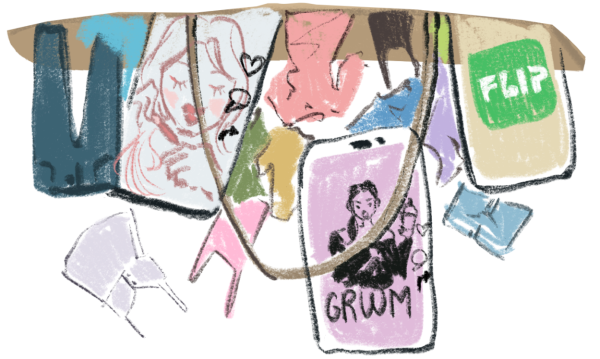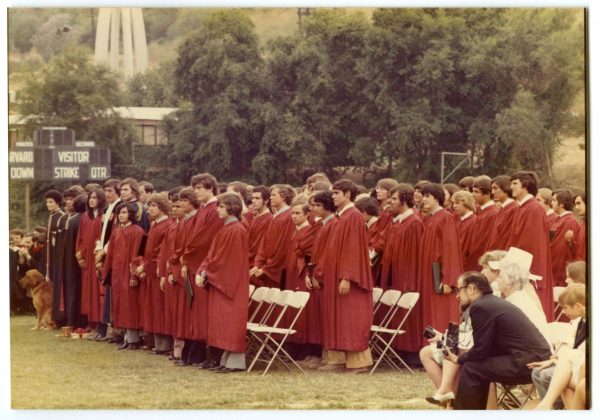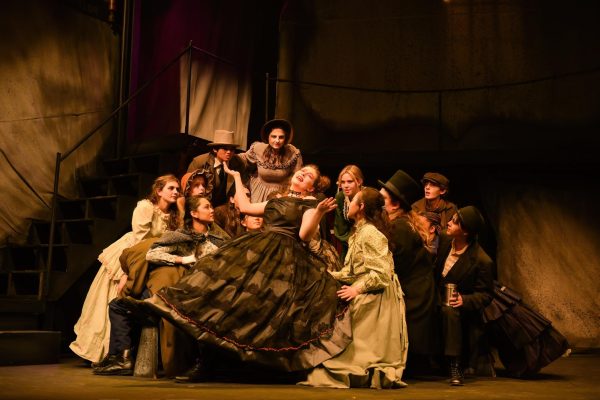And the Award Goes to: “Blonde”
February 8, 2023
In Andrew Dominik’s biopic “Blonde,” the tragedy of Marilyn Monroe’s story is twisted into exploitation. The movie characterizes Monroe only by her pain for a slow three hours, culminating in her death at 36.
“Blonde” is based on the 2000 novel by Joyce Oates and follows the life of Monroe from her start as Norma Jeane with her unstable mother to her rapid rise to fame and struggle. However, the film spends quite a bit of time slowly playing out her love triangle and subsequent relationship with the famous Charles Chaplin Jr. and Edward Robinson Jr., skipping overher highly publicized affair with John F. Kennedy.
While Ana de Armas does a commendable job bringing the role to life and portraying Monroe’s transformation, it is not enough to redeem the constant exploitation of Monroe’s true story and merit her an Oscar nomination. The film claims to be a biopic, but in reality, it fictionalizes the reality of Monroe’s life. With a length of almost three hours, it would be expected to give her story the proper depth, but the film clearly does not. Instead of using profound moments to create an emotional story, the film utilizes them to distort Monroe’s daily life and create a spectacle.
There is a theme with male-directed movies about Monroe that make her not a person but a collection of tragedies. However, because these films are both written and directed from a male perspective, they manipulate her abuse and make her a sex object. They make these horrific tragedies shape her into what Hollywood’s male gaze and nostalgia deem the perfect woman.
Showing how even true stories can be manipulated into fiction, “Blonde” treats Monroe as a pin-up doll , rather than the person she truly was.








































